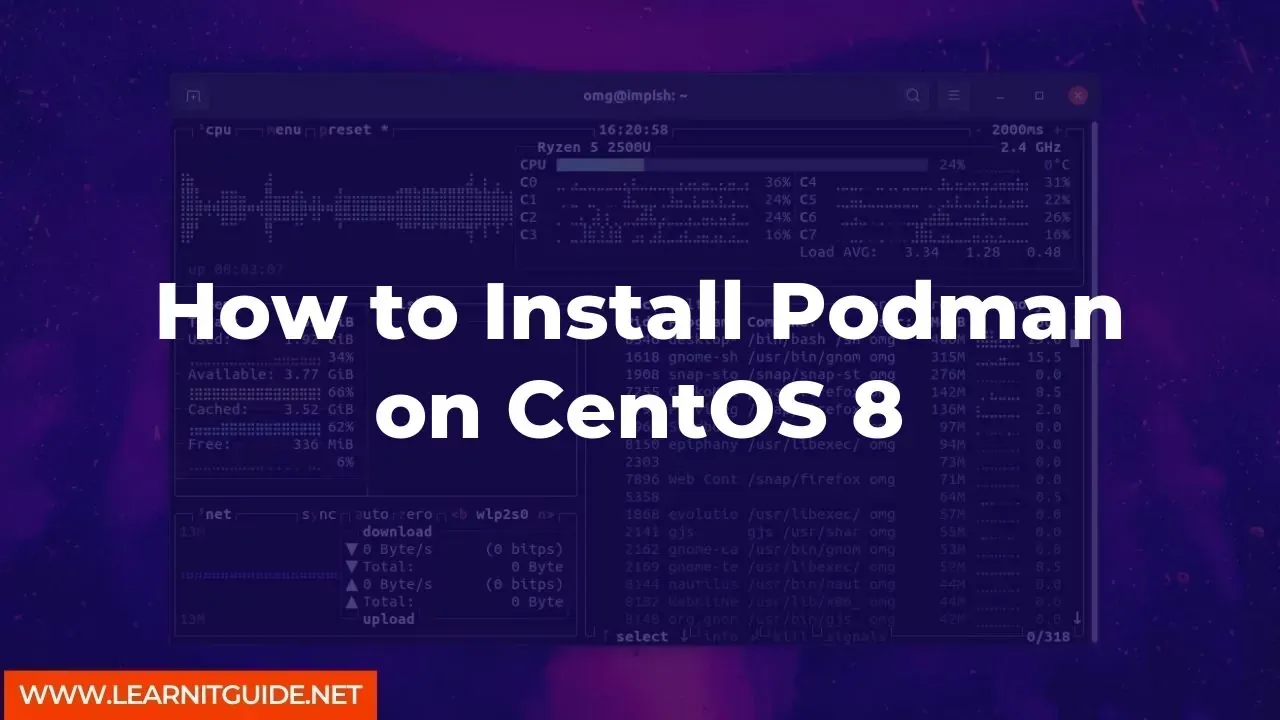Podman is an open-source container management tool that allows users to run and manage containers without the need for a daemon process. It is a lightweight alternative to Docker and is gaining popularity among developers and system administrators. In this article, we will guide you through the process of installing Podman on CentOS 8.
Prerequisites:
Before you start installing Podman on CentOS 8, you must have a user account with sudo privileges and a CentOS 8 server with a minimal installation.Step 1: Update the System
The first step is to update the system to ensure that all packages are up-to-date. Run the following command to update the system:
sudo dnf update -y
Step 2: Install Podman
To install Podman on CentOS 8, you can use the default CentOS repository. Run the following command to install Podman:
sudo dnf install podman -y
Step 3: Verify the Installation
Once the installation is complete, you can verify the installation by running the following command:
podman version
If the installation was successful, you should see the version of Podman installed on your system.
Step 4: Run a Test Container
To ensure that Podman is working correctly, you can run a test container. Run the following command to run a test container:
podman run -it --rm alpine
This command will download the Alpine Linux image and run a container from it. You should see the output of the container in your terminal window.
Step 5: Manage Containers with Podman
Now that you have Podman installed and running on your CentOS 8 server, you can start managing containers with Podman. Here are some useful Podman commands:
- podman ps: Shows the currently running containers
- podman images: Shows the locally available container images
- podman stop [container-name]: Stops a running container
- podman rm [container-name]: Removes a stopped container
In this article, we have shown you how to install Podman on CentOS 8. We also covered how to run a test container and manage containers with Podman. Podman is a powerful tool for container management and can be a great alternative to Docker. We hope this article was helpful to you.
Related Searches and Questions asked:
That's it for this post. Keep practicing and have fun. Leave your comments if any.








0 تعليقات